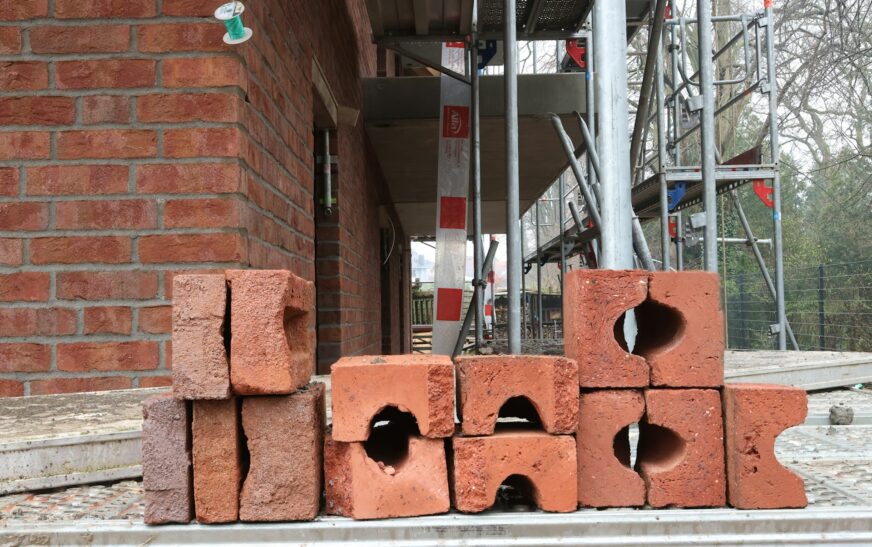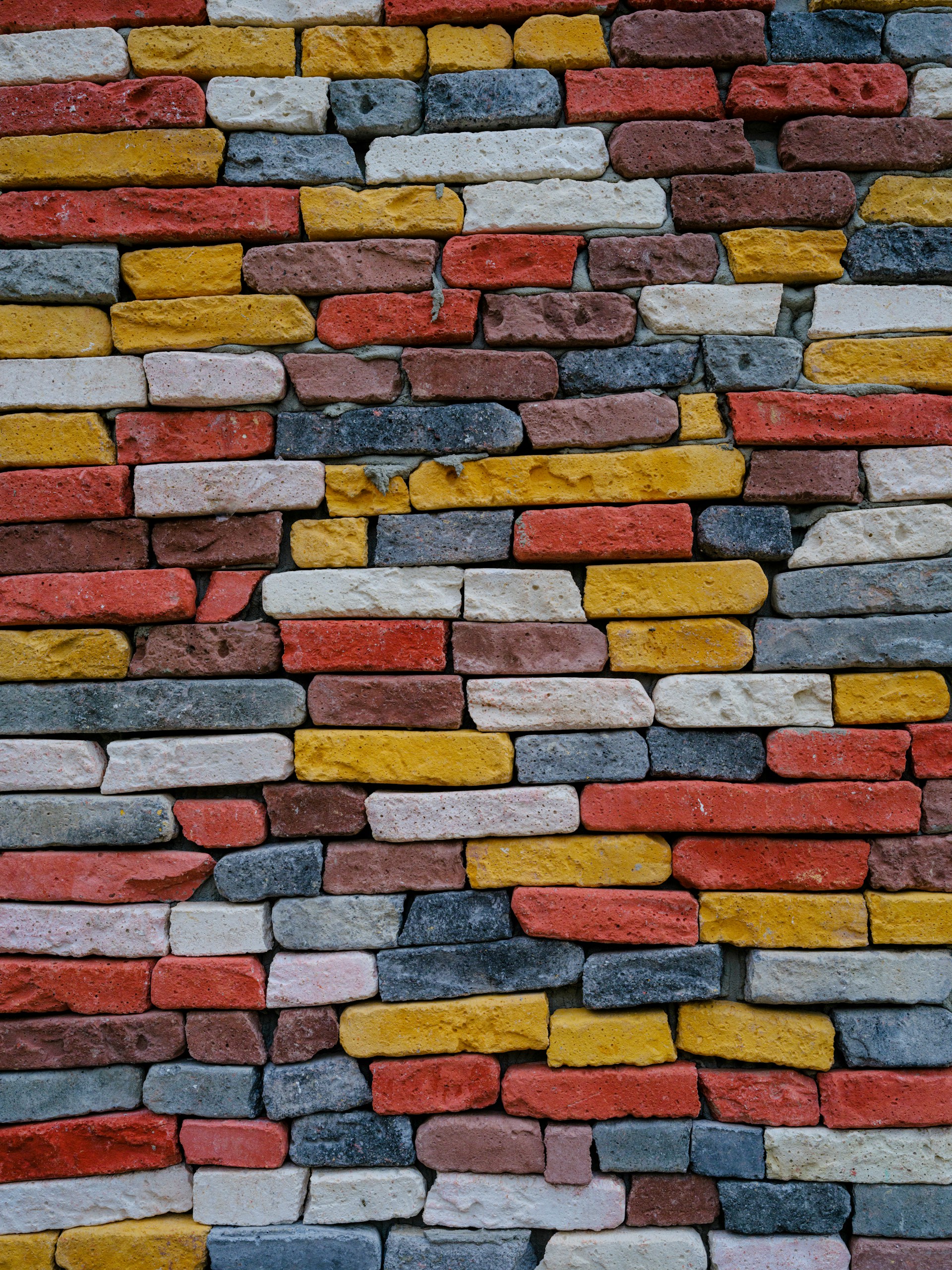Bricks Builder has quickly earned its reputation as one of the most flexible WordPress builders out there. It’s fast, intuitive, and friendly for both beginners and developers who like to dig under the hood. But if there’s one feature that every web designer eventually wrestles with, it’s creating multiple columns. Whether you’re building a simple two-column blog layout or a complex responsive grid, knowing how to control columns in Bricks Builder is a must.
Sure, at first, columns seem simple—you’re just splitting space, right? But once you dive in, there are breakpoints, alignment, spacing, and responsive quirks to consider. Don’t worry—we’ve got you covered with a step-by-step guide that not only shows how to do columns but also explains why some techniques work better than others.
Why Columns Matter in Web Design
Columns aren’t just about making things look neat—they give your page structure. They help visitors quickly understand your content. A three-column section could showcase your services side by side, while a two-column layout could balance text and images perfectly. Bricks Builder makes this easier than ever—no extra CSS gymnastics required.
Step 1: Set Up Your Container
Everything in Bricks starts with a container. Think of it as the “parent” that holds everything else:
- Open the Bricks Builder editor.
- Add a Container where you want your columns to live.
- Inside this container, you’ll add child containers—these are your columns.
Tip: Parent = row, children = columns. Simple as that.
Step 2: Add Your Columns
Now that you’ve got a container:
- Add a new container inside the parent for each column.
- Two columns? Add two. Three columns? Add three. And so on.
- Bricks uses Flexbox by default, so your columns line up horizontally until the screen size shrinks, then they stack naturally.
Step 3: Adjust Column Widths
By default, Bricks spreads columns evenly. But you can customize:
- Equal Widths: Perfectly balanced.
- Custom Ratios: 70/30 for text-image combos, 60/40 for emphasis—you name it.
- Min/Max Widths: Prevent columns from getting squished on smaller screens.
This gives you flexibility for responsive, elegant designs.
Step 4: Manage Spacing & Alignment
Nobody likes cramped columns. Bricks lets you tweak spacing and alignment with ease:
- Gap: Adjust the space between columns without fiddling with margins.
- Padding: Add breathing room inside each column so text and images don’t touch the edges.
- Alignment: Center, top-align, stretch—whatever fits your design.
Good spacing is the difference between “meh” and “professional.”
Step 5: Make It Responsive
Columns look great on desktop, but mobile users are watching too. Bricks makes responsive adjustments painless:
- Breakpoints: Switch to tablet or mobile view and tweak columns.
- Stacking: A three-column desktop layout usually collapses to one column on mobile.
- Visibility: Hide or show elements per device if needed.
Always preview on multiple devices—you don’t want your gorgeous layout turning into a jumbled mess on a smartphone.
Step 6: Explore Advanced Column Structures
Want to get fancy? Bricks supports nested containers:
- Nested Grids: One column can contain two smaller columns.
- Asymmetrical Layouts: Mix different widths for a dynamic look.
- Content-Specific Layouts: Showcase blog posts, products, or portfolios in organized grids.
The sky’s the limit—just don’t go overboard with too many layers or your editor may throw a tantrum.
Step 7: Style Your Columns
Columns aren’t just about structure—they’re part of your design story:
- Backgrounds: Color or image backgrounds for each column.
- Borders & Shadows: Add subtle depth or separation.
- Hover Effects: Highlight interactive elements.
- Dynamic Content: Pull in posts, images, or other data automatically.
Combine structure and style for columns that are both functional and beautiful.
Common Mistakes to Avoid
Even with Bricks, it’s easy to slip up:
- Overcomplicating Layouts: Too many nested containers = confusion.
- Ignoring Accessibility: Make sure your content is readable across devices.
- Skipping Responsiveness Checks: Always preview layouts on multiple screens.
- Using Margins Instead of Gaps: Over-reliance on margins can break layouts.
Follow these tips, and your multi-column designs will be rock-solid.
Read More : How to Dispose of Bricks: A Complete Guide
Why Bricks Builder Excels at Multi-Column Layouts
Unlike older page builders that relied heavily on shortcodes or external grid frameworks, Bricks Builder uses modern CSS Flexbox and CSS Grid principles. This makes multi-column design both lightweight and adaptable. You get pixel-level control without bloated code, which means faster load times and better performance for your site.










